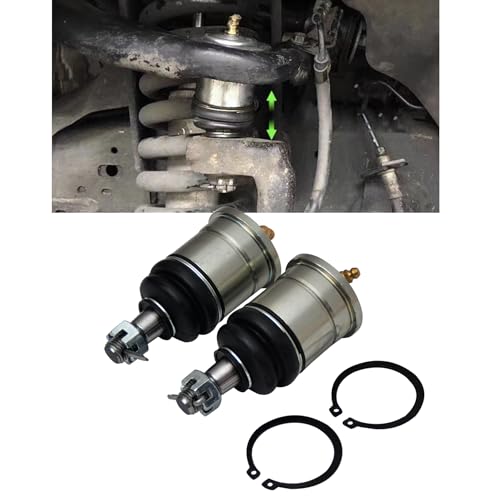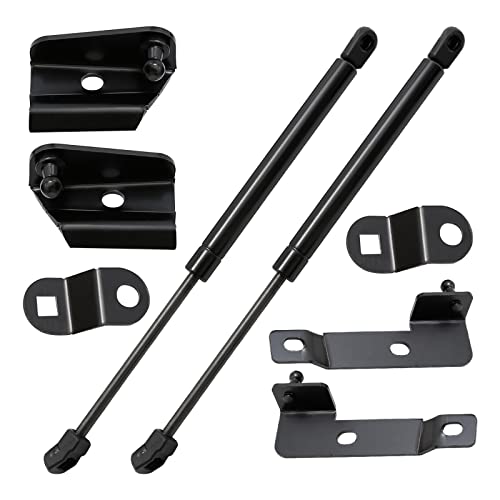The figures that I quoted in my post a few back are from a Nissan Specifications document.
The figures quoted below are for a Nissan Navara D22 ST-R Dual cab 4x4 2.5 liter. From the Nissan Motor Company Australia
Tare Mass (Kerb weight) is 1842 kg. Unladen mass of the vehicle with 10 litres of fuel (no other additions, no driver, as standard, dead stock.)
Carry capacity is 1018 kg. This weight is reduced by everything added to the vehicle. This includes the driver, fuel, plus the addition of anything extra fitted on or into the vehicle including the floor mats (yes that means the wife and the dog too).
Gross Vehicle Mass GVM is 2860 kg. This is tare mass 1842 kg plus carry capacity 1018 kg.
Braked towing capacity is 2800 kg
Gross combined mass GCM is 5660 kg. This is the GVM plus the maximum Braked towing capacity.
The carry capacity figure of 1018 kg is reduced by the weight of every single addition i.e. suspension changes, tow bar, bull bar, extra batteries, heavier tyres, spotties, roof racks, awnings, long range fuel tanks and including the floor mats, these all have a mass or weight and this detracts from the carry capacity.
The addition of the extras as above can increase the tare mass by 500 kg therefore halving the carry capacity down to 500 kgs
As grumpy too says get it right before you hook up and take off. Fill your car with fuel, put the wife in front and your dog in the back (or visa versa). Put everything you intend to carry in and on the car, in it and on it, then drive it down to your local weigh bridge.
If the car weighs over 2860 kg then you have problems. If you intend to tow a caravan then you definitely have problems. The loaded weighed vehicle has to be lighter equivalent to your tow ball down load weight if you are towing.
The reduction of the GVM for tow ball down load is simply making adjustments to carry capacity given it adds to the tare mass.
Tow ball down load Loaded Vehicle Mass for D22 ST-R Dual cab 4x4
80 kg no change to GVM
150 kg Reduced loaded vehicle mass below GVM by 70 kg
200 kg Reduced loaded vehicle mass below GVM by 125 kg
250 kg Reduced loaded vehicle mass below GVM by 170 kg
NOTE : The above figures are for a suitably rated Toyota tow bar accessory. If you have an aftermarket tow bar use that manufactures recommended tow ball down load weights
This all comes from been there and done that more than a few times. And now I am doing it all over again for my brothers D40 4x4


























